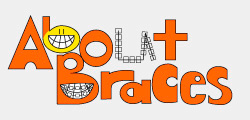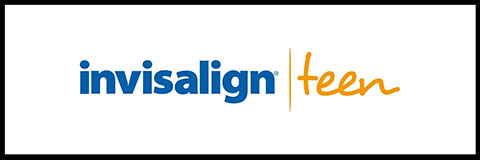The throat form is often not considered when it comes to planning orthodontic/ braces treatment. However, it is still an important feature of facial aesthetics. This is the reason why the orthodontist must also take into consideration the effect of orthodontic/ braces treatment on throat form. An obtuse cervicomental angle often reflects an excessive chin fat, small chin, low hyoid bone position, lower lip eversion and backward-positioned lower jaw.
The excessive chin fat adds to the bulk of the neck, increasing the lip-chin-throat angle. On the other hand, a small chin causes slackening of the submental and platysmal musculature, resulting in an obtuse angle. Because of its mechanical location and the attachment of the submental musculature, a low hyoid bone position contributes to the obtuseness of the lip-chin-throat angle. Lower lip eversion results in lip projection which enhances the obtuseness of the lip-chin-throat angle. Lastly, a backward-positioned mandible also causes slackening of the submental musculature and results in an obtuse angle.


